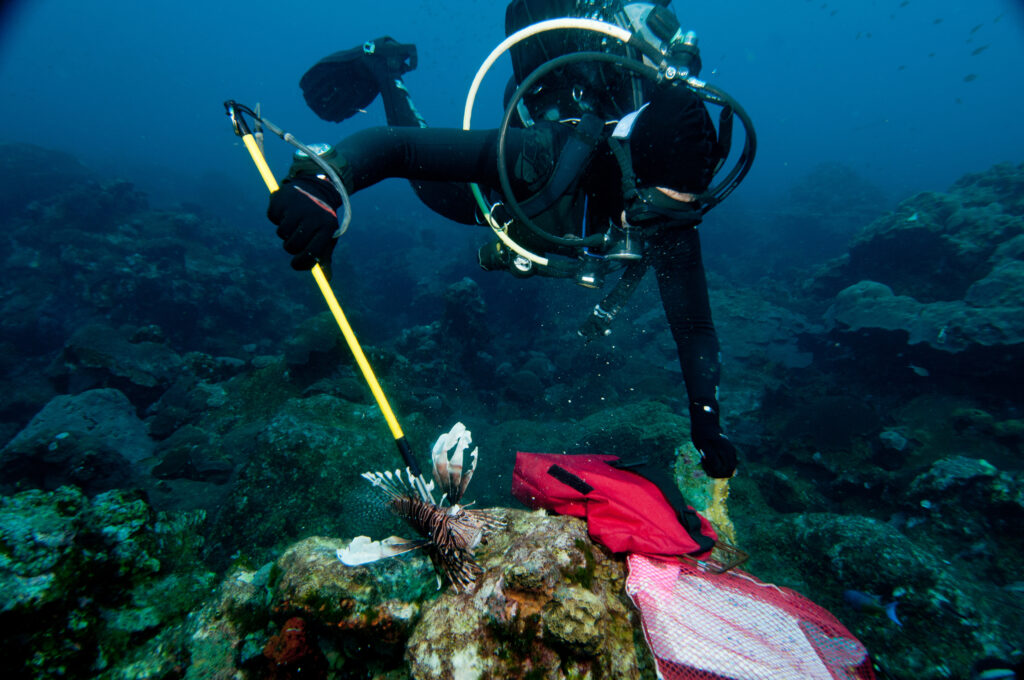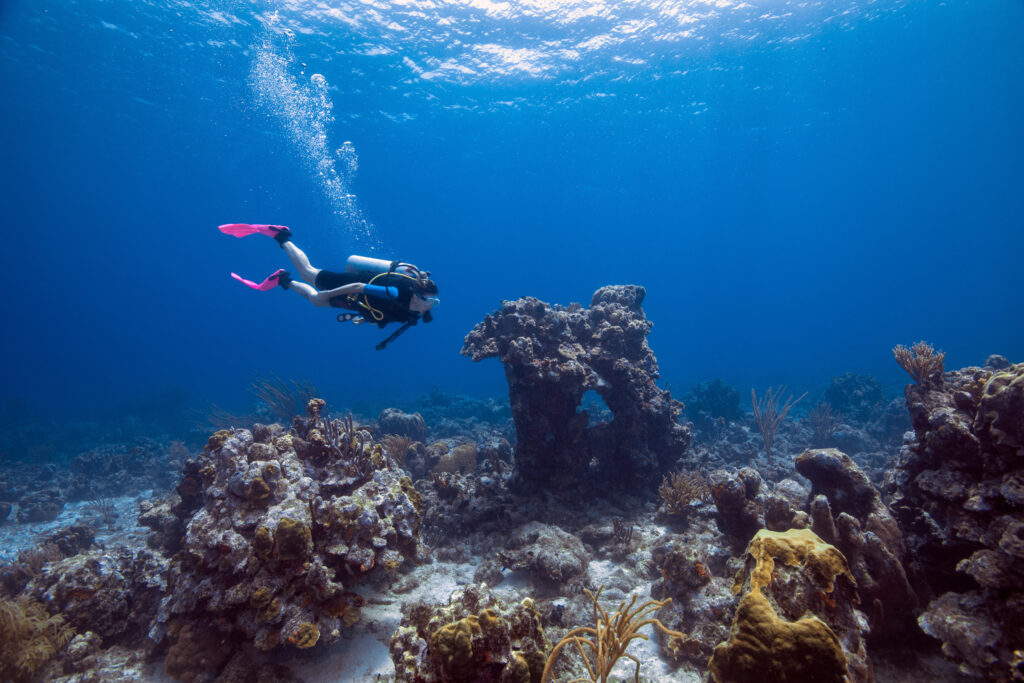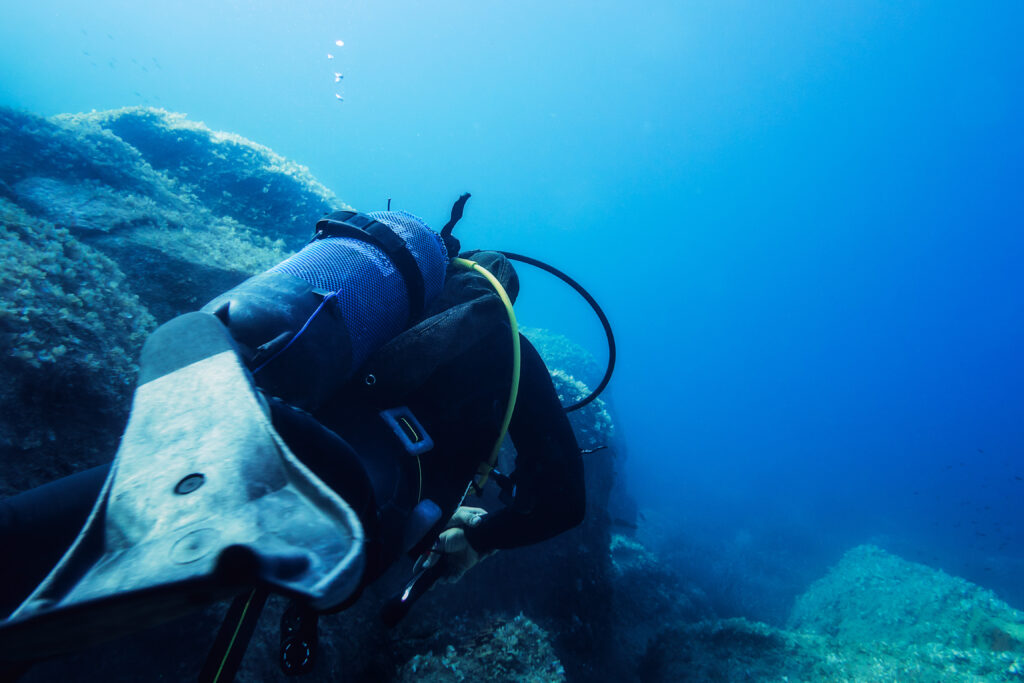What is the Professional Association of Diving Instructors (PADI)?

The Professional Association of Diving Instructors (PADI) is the world’s largest diving training organization, renowned for its comprehensive education system and certification programs. Founded in 1966, PADI has played a pivotal role in standardizing and enhancing diving training globally. With a mission to explore the underwater world safely and responsibly, PADI offers a wide range of courses that cater to beginners and experienced divers alike. Its extensive network of dive centers and professionals has made it a cornerstone of the diving industry, contributing significantly to the sport’s popularity and accessibility.
What is Octopus Breathing?

Octopus breathing is a critical concept in scuba diving that refers to the use of a secondary breathing apparatus, known as an “octopus,” which allows divers to share air in emergency situations. This technique is an integral part of dive safety protocols, providing a reliable method for a diver to offer their breathing gas to a buddy who may have run out of air or encountered a malfunction with their primary regulator. The octopus system is designed to be easily accessible, typically color-coded, and positioned within reach to ensure quick deployment when needed.
What is a Dive Instructor?

A dive instructor is a professional responsible for teaching and guiding individuals in the activity of scuba diving. Dive instructors play a crucial role in the scuba diving industry, ensuring that new and experienced divers acquire the necessary skills and knowledge to dive safely and enjoyably. These professionals are vital for maintaining high safety standards and promoting environmental awareness among divers. Dive instructors must possess a combination of technical diving skills, teaching abilities, and a deep understanding of underwater environments to perform their duties effectively. Their work involves training divers at various levels, from beginners to advanced certifications, and often includes leading dive trips, conducting safety briefings, and ensuring compliance with diving regulations.
What are Diving Signals?

Diving signals are the primary means of communication between divers when they are underwater. Unlike the surface world, verbal communication is impossible underwater due to the limitations imposed by the diving environment, such as water density and the need for breathing apparatus. As a result, divers rely on a well-established set of visual and tactile signals to convey messages. These signals are essential for ensuring safety, coordinating activities, and sharing observations during a dive. The development and standardization of these signals have been critical to the advancement of both recreational and professional diving, allowing divers from different backgrounds and experiences to communicate effectively.
What is a Decompression Algorithm?

A decompression algorithm is a crucial component in scuba diving, designed to calculate the safest ascent profile for divers to avoid decompression sickness (DCS), commonly known as “the bends.” These algorithms predict how inert gases, such as nitrogen, absorbed by the body’s tissues under pressure, are safely released during ascent. By determining the rate at which a diver should ascend and incorporating safety stops, decompression algorithms play an essential role in enhancing diver safety. Their development and refinement are grounded in extensive research, physiological understanding, and technological advancements in diving equipment.
What is a Recreational Dive Planner (RDP)?

What is a Recreational Dive Planner (RDP)? The Recreational Dive Planner (RDP) is a decompression table developed by the Diving Science and Technology Corporation (DSAT) to facilitate safe and efficient planning of no-stop recreational scuba dives. DSAT, an affiliate of the Professional Association of Diving Instructors (PADI), is dedicated to the advancement of diving safety […]
What is a K Valve?

The K valve is an essential component in scuba diving equipment, playing a critical role in ensuring the safe and efficient delivery of air from the scuba tank to the diver. This valve, typically found atop scuba tanks, allows divers to control the flow of air with precision. Its design and functionality have made it a popular choice among divers for decades. Understanding the K valve is crucial for anyone involved in scuba diving, as it impacts both safety and the overall diving experience.
What is a Pre-fill External Inspection?

A pre-fill external inspection is a crucial safety procedure conducted before refilling a scuba tank with air or other breathing gases. This inspection ensures that the scuba tank and its components are in optimal condition, preventing potential hazards during a dive. By meticulously examining the external aspects of the tank, divers and professionals can identify and rectify issues that might compromise safety. This article delves into the various aspects of pre-fill external inspections, highlighting their importance, the standards governing them, the inspection process, and common issues detected.
What is the Divers Alert Network (DAN)?

The Divers Alert Network (DAN) is a vital entity in the scuba diving community, dedicated to the safety and well-being of divers worldwide. Established to provide emergency medical advice and assistance, DAN has evolved into a comprehensive organization offering a range of services, including research, education, and insurance. With its global reach, DAN has become an indispensable resource for divers, ensuring that they have access to critical support and information, both in emergencies and for ongoing education. Its influence extends through various initiatives aimed at promoting safe diving practices and improving the overall safety of the diving environment.
What is Open Water Certification?

Open water certification is a fundamental credential in scuba diving, signifying that an individual has achieved the necessary skills and knowledge to dive independently. This certification is recognized globally and is a prerequisite for many diving activities and advanced training courses. It ensures that divers are equipped to handle underwater environments safely and responsibly, providing a foundation for safe and enjoyable underwater adventures. Whether one seeks to dive in tropical coral reefs or cold-water kelp forests, obtaining an open water certification is the first crucial step in the journey of underwater exploration.
